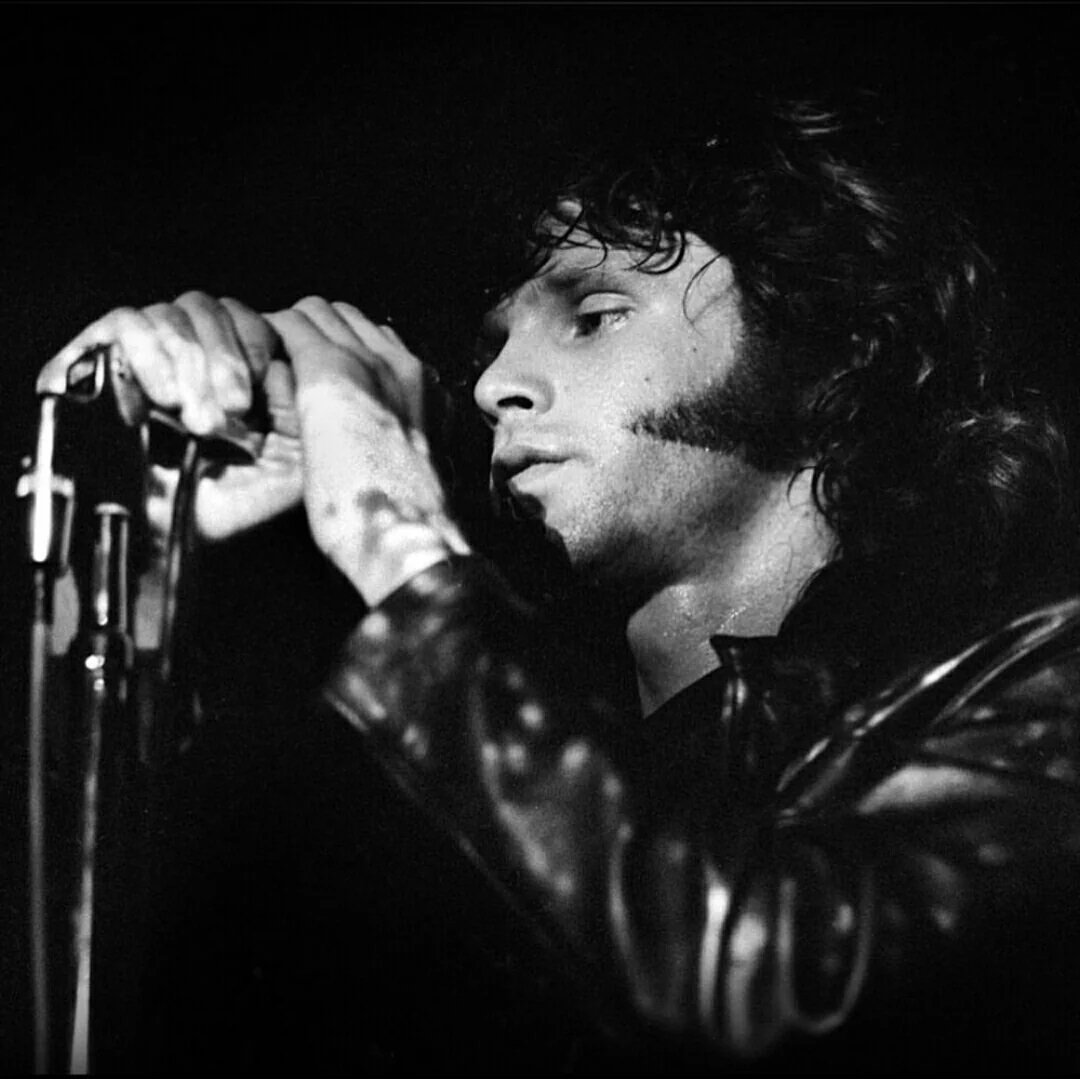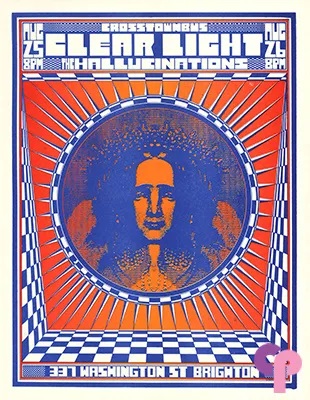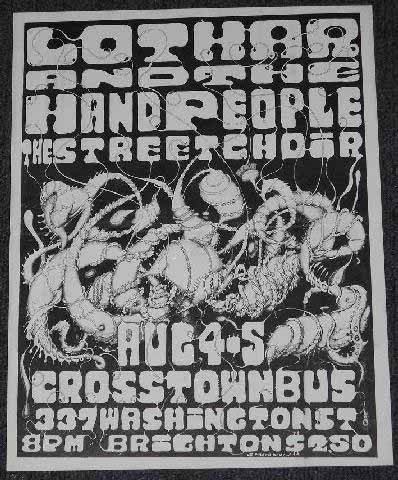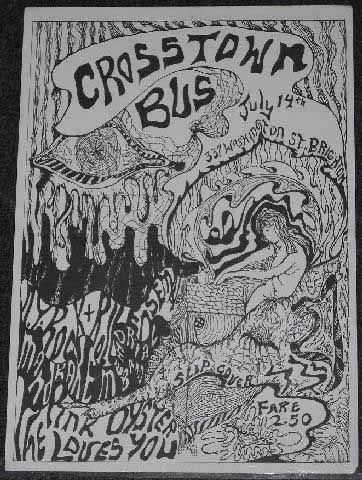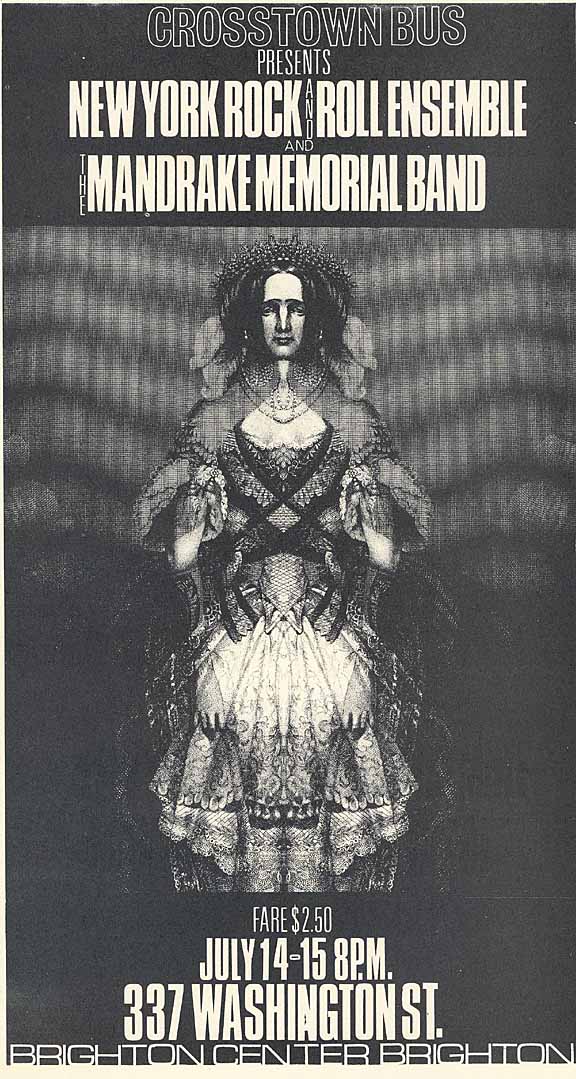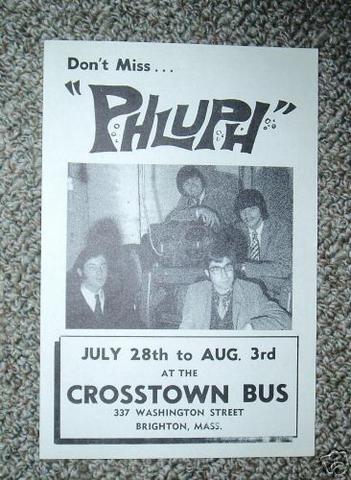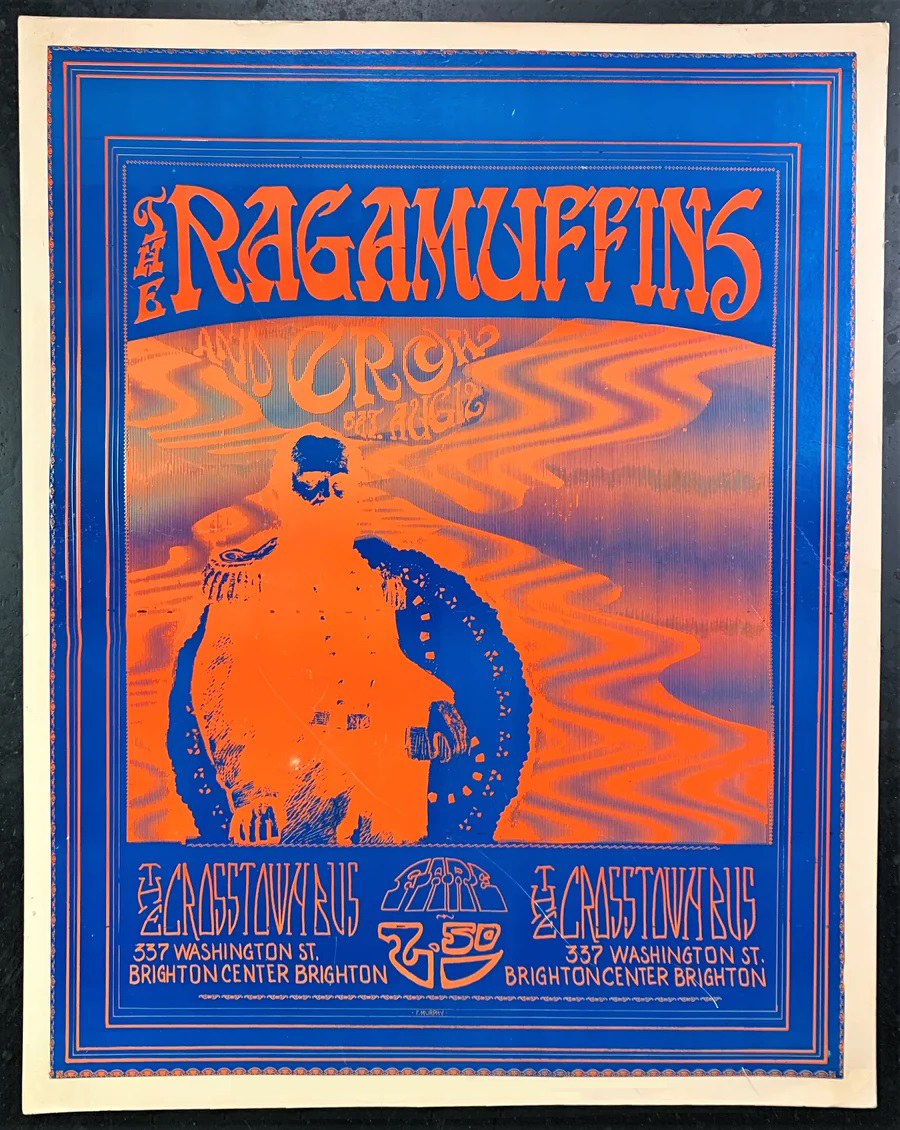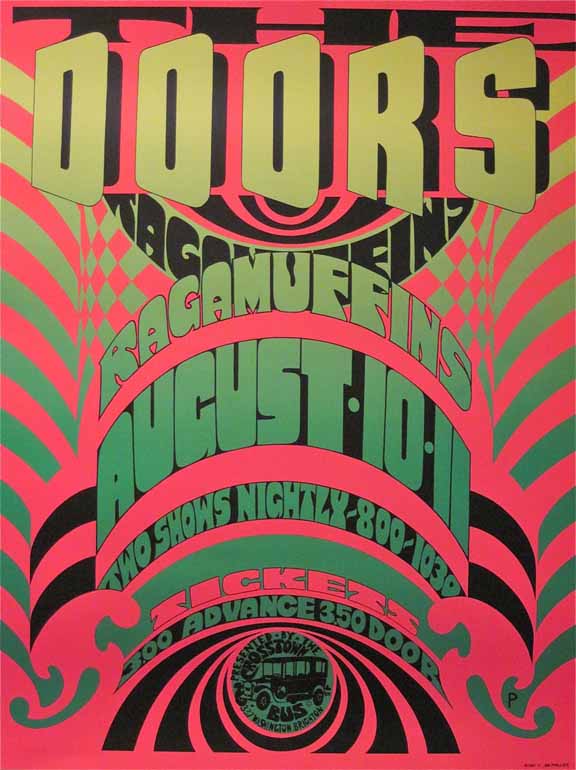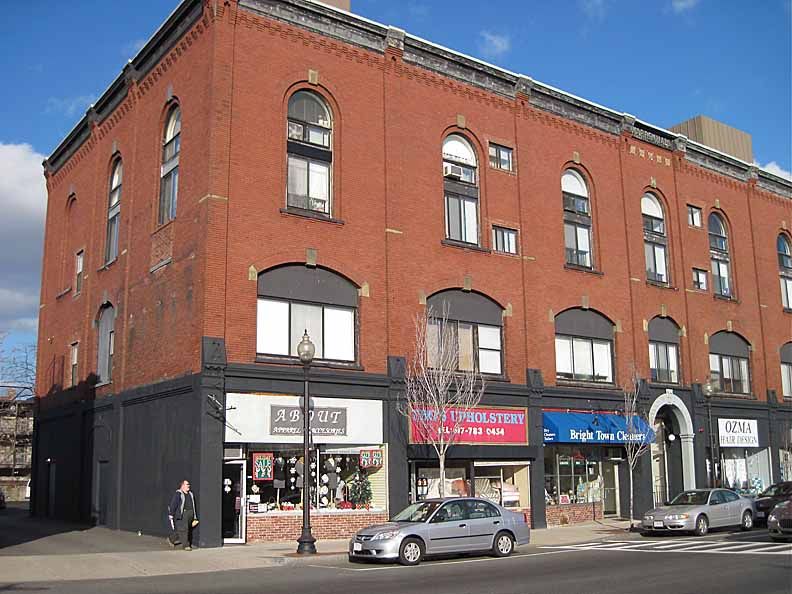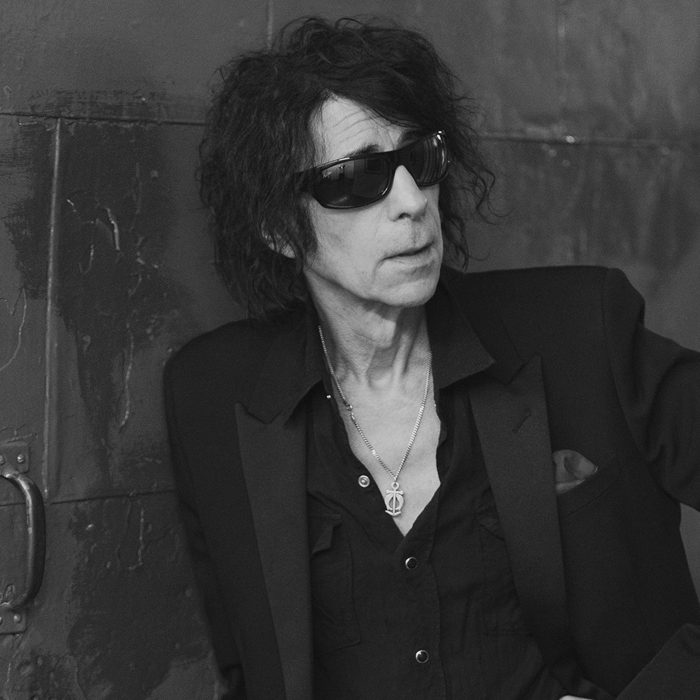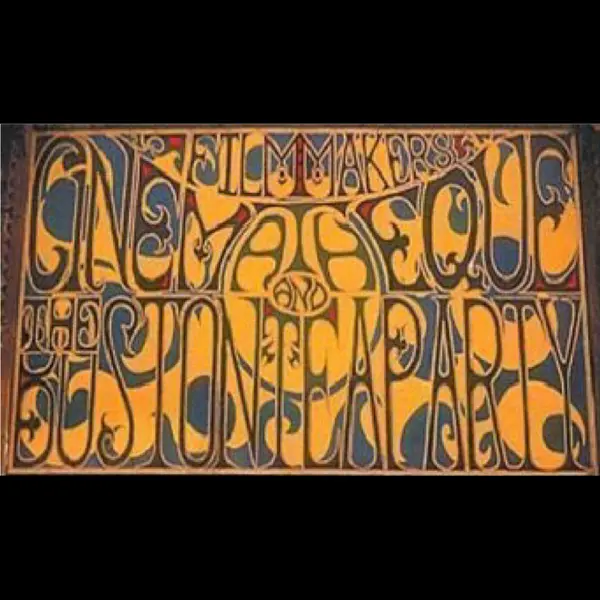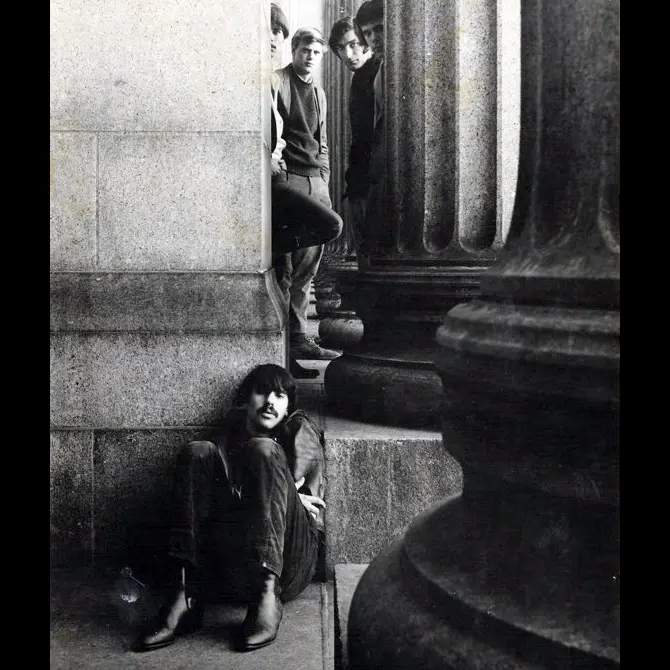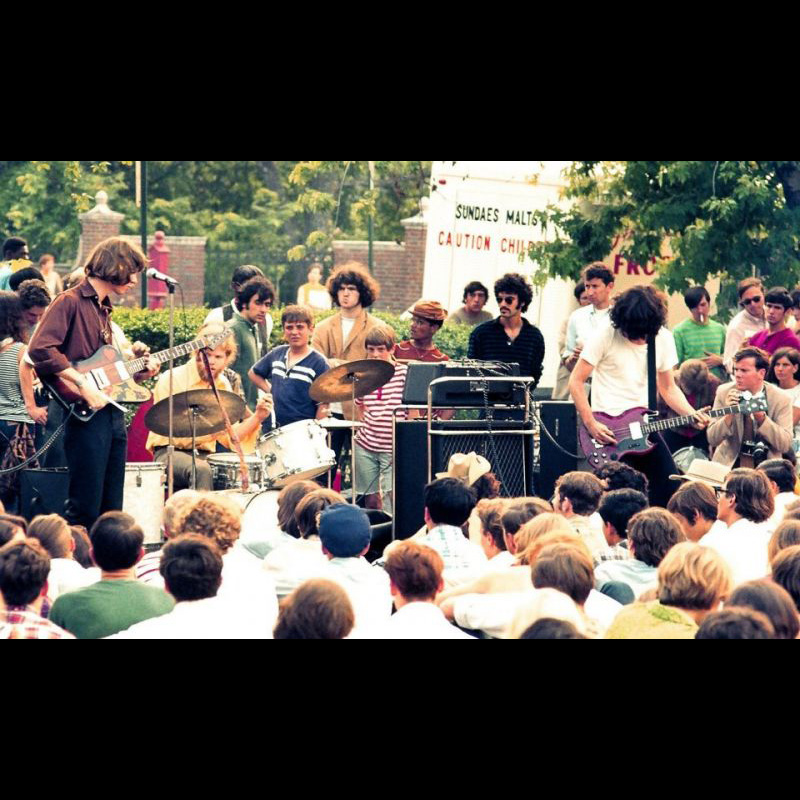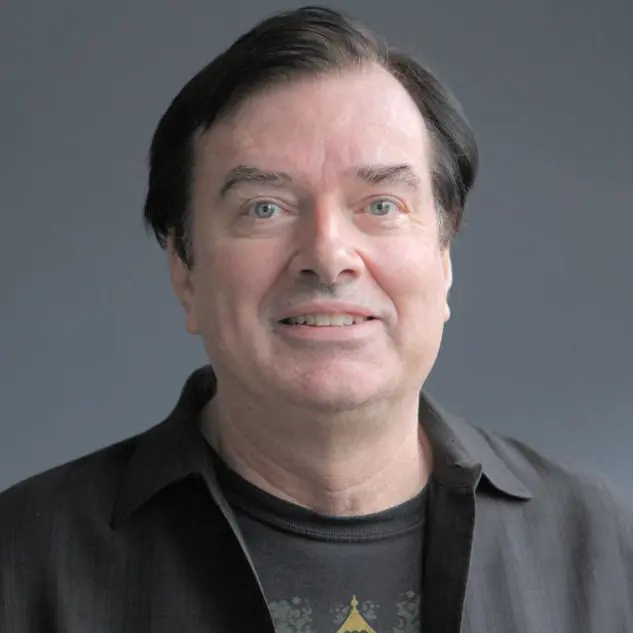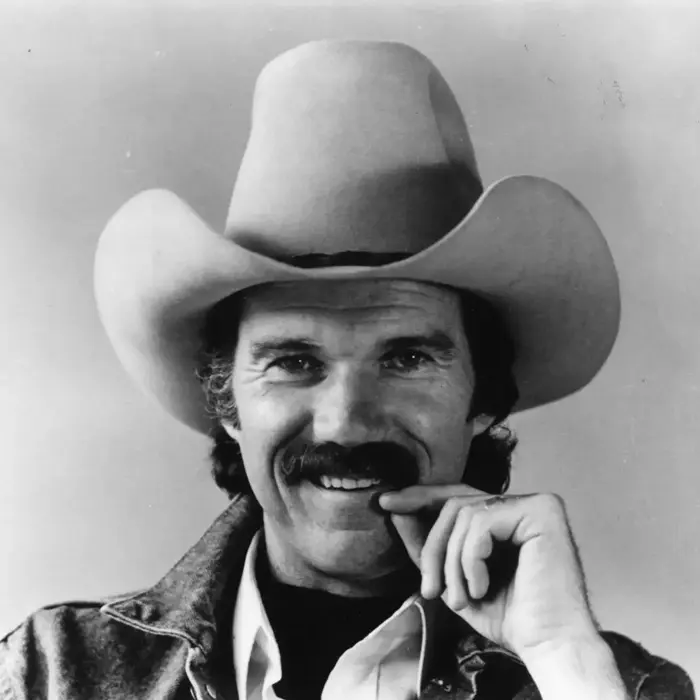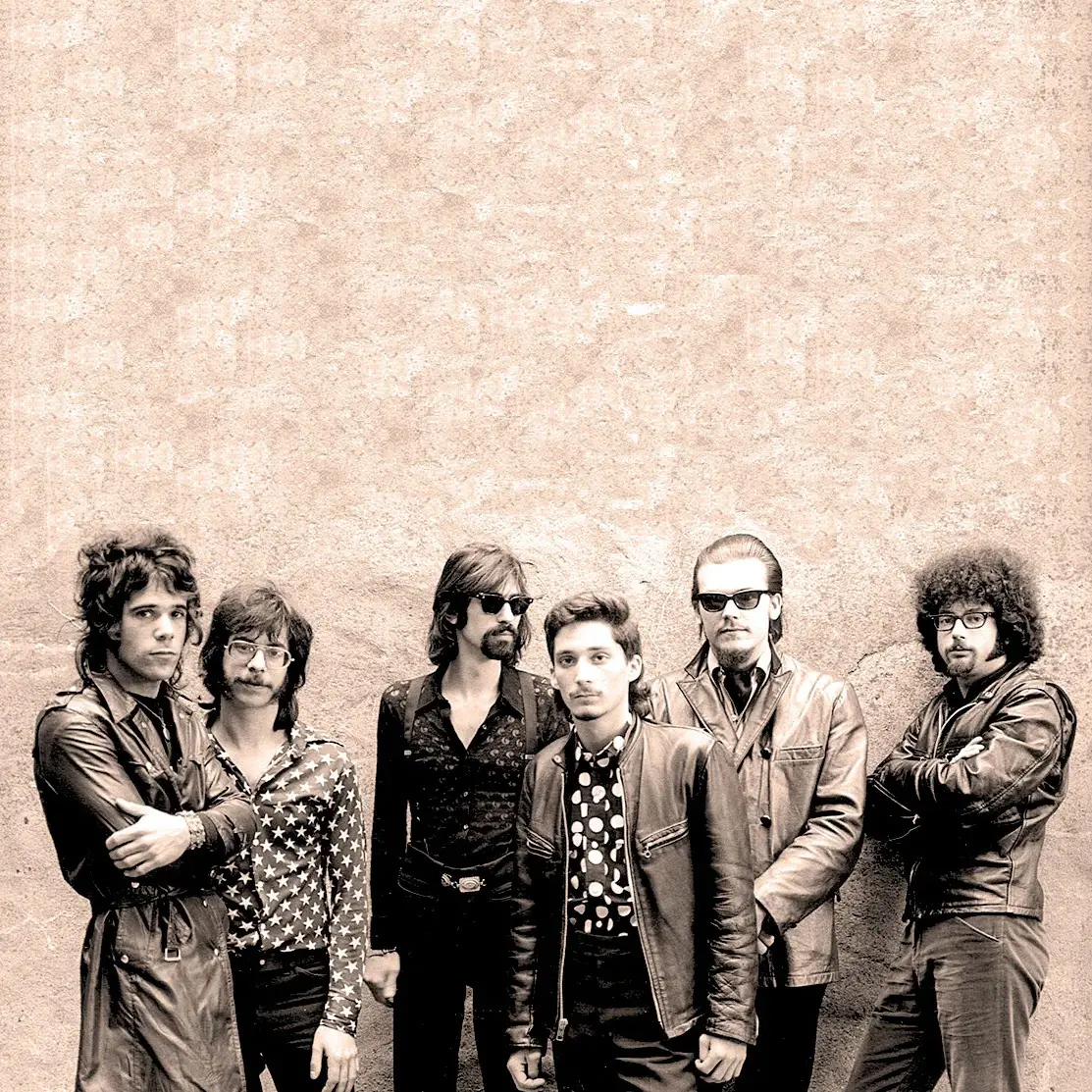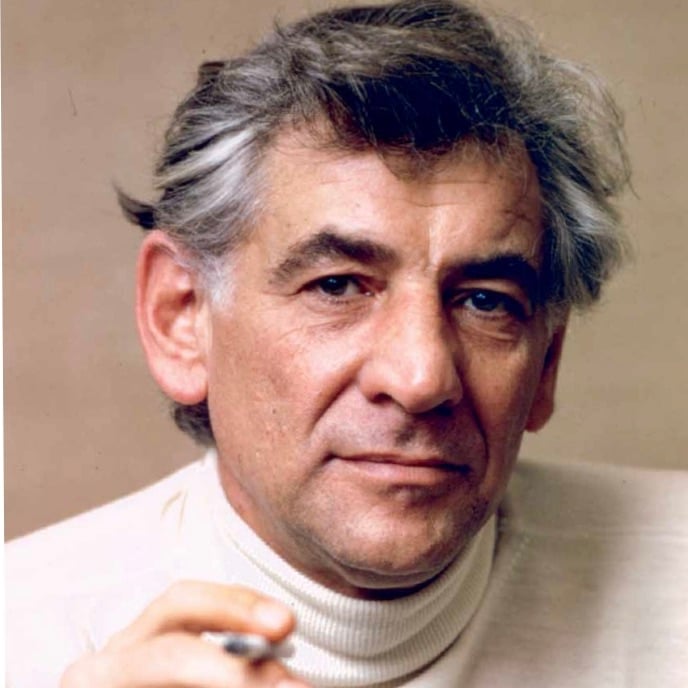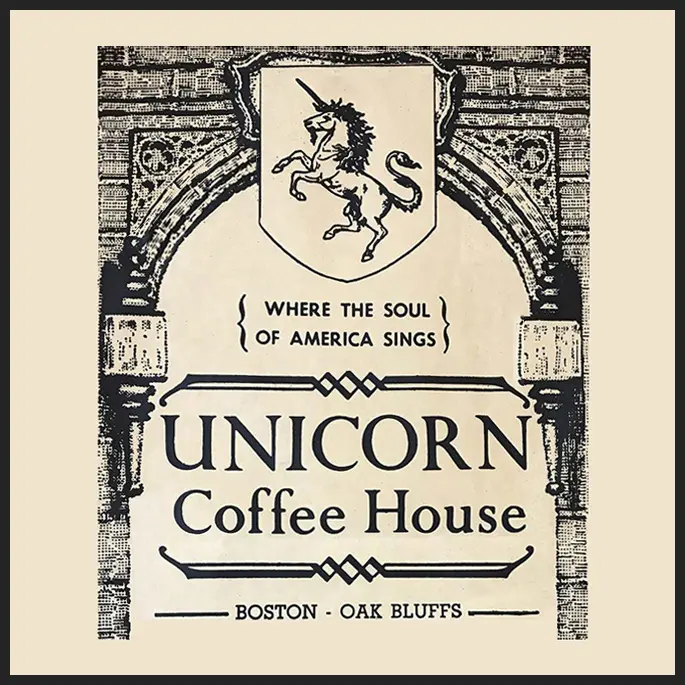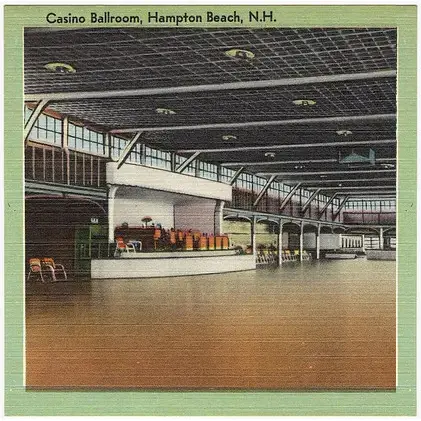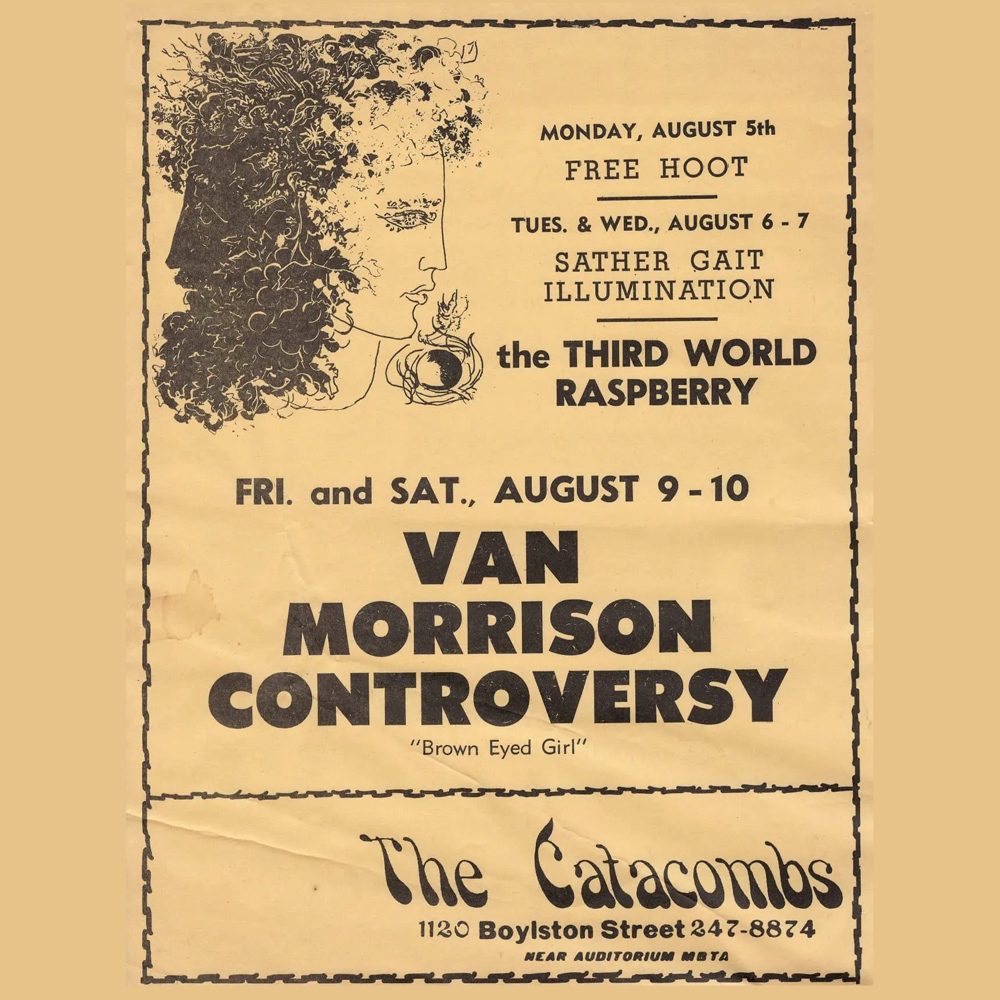The Crosstown Bus
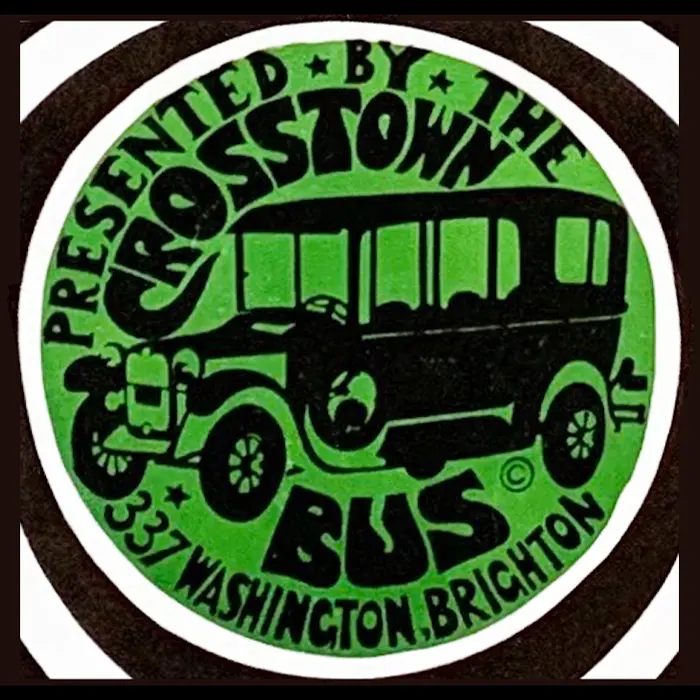
In the summer of 1967 – chronologically between the finger-snapping simplicity of Bill Haley’s “Rock Around the Clock” in the mid-‘50s and the mind-numbing complexity of progressive rock in the mid-‘70s – rock ‘n’ roll was still an early-stage experiment, with bands and producers pushing the limits of sound and instrumentation like never before.
And a short-lived club in Brighton, Massachusetts, was the era’s perfect petri dish, a cramped, claggy, cacophonous live-music laboratory where the very latest generations of rock’s spores germinated magnificently.
With no seating and a standing capacity of around 300, the Crosstown Bus held shows for less than six weeks. During that incredibly brief existence, however, it hosted several pioneering groups from Boston – The Hallucinations, Eden’s Children and The Beacon Street Union (fronted by John Lincoln Wright), along with three extremely innovative bands from New York, Philadelphia and Denver. And it also presented a little-known rock quartet that was perched on the event horizon of massive international fame and would eventually sell over 100 million albums.
Location, Concerts
Located in Brighton Center on the second floor of Warren Hall – built in 1879 and used for weddings, amateur recitals and political rallies over the years – the Crosstown Bus hosted its first show on July 14, 1967. On the double bill were the New York Rock and Roll Ensemble – Julliard-trained musicians who called their songs “classical baroque rock” and had appeared at one of Leonard Bernstein’s Young People’s Concerts with the New York Philharmonic – and Mandrake Memorial, a Philadelphia-based quartet that substituted harpsichord for guitar and combined barbershop-style vocal harmonies with traditional jazz and Middle Eastern influences.
The next four shows were held July 21/22 and August 4/5, all headlined by the Denver-based Lothar and the Hand People, whose trailblazing use of the Moog synthesizer and theremin some historians attribute to The Beach Boys using an electrotheremin on their #1 hit “Good Vibrations” in 1966. Their overall sound was an eccentric combination of lyrical satire, old-fashioned folk and spacey psychedelia.
The Doors
The next two shows let the Crosstown Bus “break on through to the other side” and enter the annals of rock history forever. On August 10 and 11, The Doors played their third and fourth concerts in New England there after having appeared at the Unicorn Coffee House in Boston on July 4 that year and the Hampton Beach Club Casino in New Hampshire on August 9, the night before the Crosstown Bus gigs.
Booked in early July as a relatively unknown band from LA, by the time of their mid-August shows the single they’d released in April, “Light My Fire,” had been #1 in the Billboard Hot 100 for three consecutive weeks, catapulting the band into the upper echelon of rock superstardom practically overnight. After the Crosstown Bus shows, the group spent the next five weeks performing in Philadelphia, New York, Washington DC, Las Vegas, Santa Monica, Utah and Ohio before playing “Light My Fire” in their sole appearance on The Ed Sullivan Show on September 17. The song spent much of the next year in the Cash Box Top 100.
Final concert
On August 26, 1967, the Crosstown Bus held its last show, a double bill featuring the LA-based psychedelic rock quintet Clear Light and Boston-based blues-rockers The Hallucinations. The venue was forced to close because the Boston Fire Department – seeking to avoid another Cocoanut Grove-type disaster – determined that it a fire hazard due to inadequate egress, crowding and the walls being lined with BoPET, a polyester film that releases toxic fumes when burned.
Legacy
Though closed for 55 years as of 2022 – more than twice as long as The Doors’ infamous frontman Jim Morrison was alive – the Crosstown Bus is anything but forgotten among Boston-area rock musicians, fans and critics. Reflecting on the vibe within the venue, Steve Morse, former senior pop-music critic for The Boston Globe, said, “I remember the walls were covered with aluminum foil to better reflect the psychedelic lights, while a couple of women danced in go-go cages at the side of the stage. It was a strange scene, made all the stranger by Doors’ singer Jim Morrison, who groveled, murmured alien noises and sang like a man who had one foot planted squarely in the Twilight Zone.”
(by D.S. Monahan)

